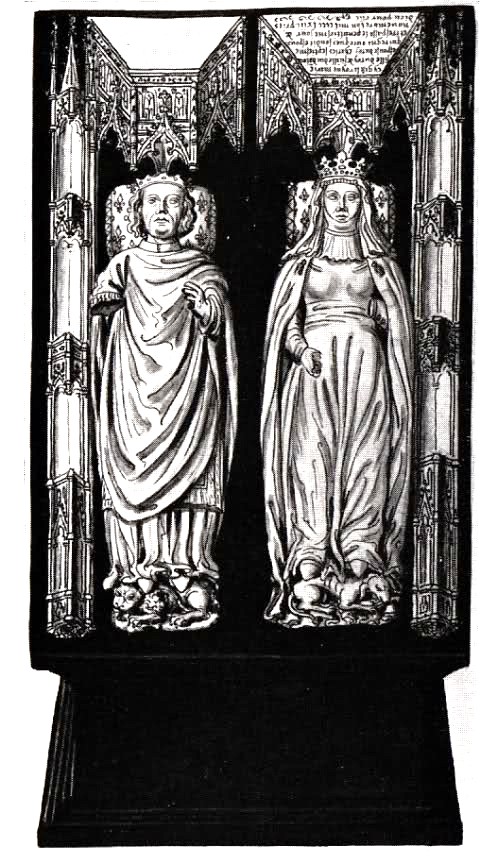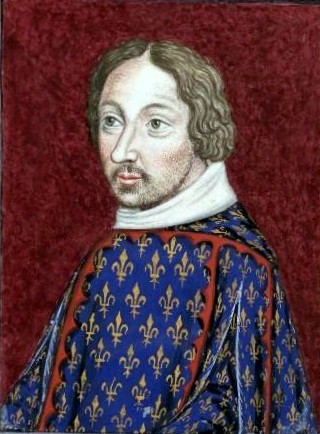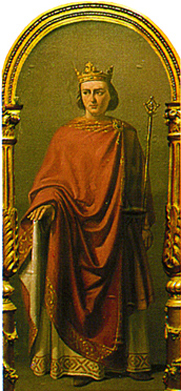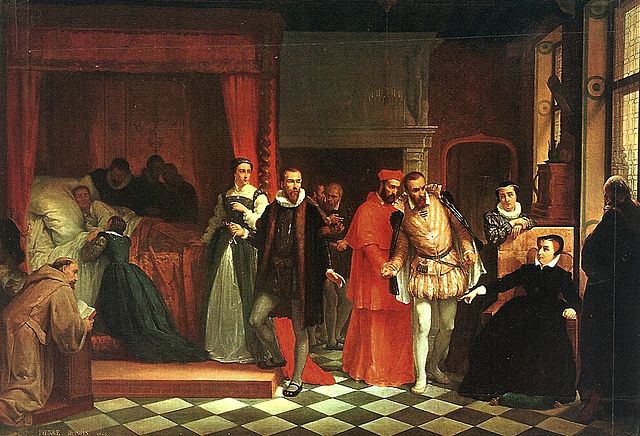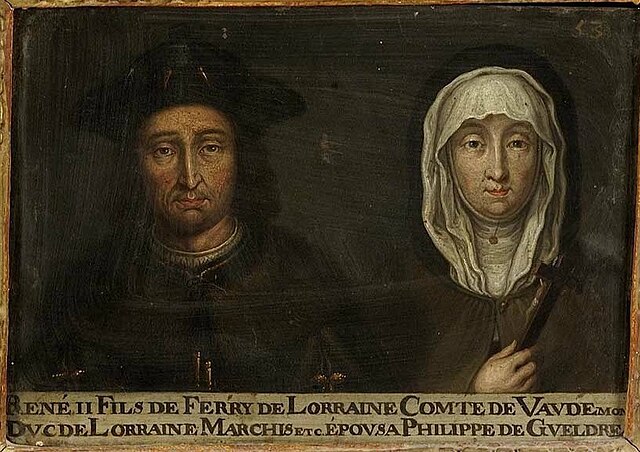Countessmeout
Imperial Majesty
- Joined
- Sep 19, 2011
- Messages
- 13,069
- City
- alberta
- Country
- Canada
November 18, 1154 death of Adelaide of Maurienne, wife of Louis VI.
Adelaide was the daughter of Count Humbert II of Savoy. Humbert was first cousins with Holy Roman Emperor Henry V (Humbert's father and Henry's mother Bertha were sister and brother). Her mother was Gisela of Burgundy, a daughter of William II, Count of Burgundy. Gisela's brothers included Pope Callixtus II (her brother Guy) and Raymond of Burgundy, husband of Urracca of Castile and Leon and father of Alfonso VII of Castile and Leon.
She was born in 1092 in St Jean de Maurienne. She was named after her father's paternal grandmother, the formidable Adelaide, Marchioness of Turin.
In 1115 she was married to Louis VI known as the Fat. Louis had been married previously but the marriage had been annulled before he came to the throne. She was 23 and her groom was 34 years old. They had 9 children.
She was quite active politically for women in those times. Her name can be found on over 40 charters. Her and her husband founded a number of religious foundations including the Abbey of Montmarte.
When her husband died in 1137 she didn't retreat to a convent as custom. She remained active at court and even remarried. Her second husband was Mathew I of Montmorency. Mathew had been previously been married to Alice Fitzroy, a natural daughter of Henry I of England, which whom he had four children. She would remain married to him until her death, Mathew constable of France for her son, though she would later retire from court.
In 1153 she retired to the abbey her and her husband had founded. She died there a year later. She was buried at the Church of St Pierre on the grounds. The abbey was destroyed during the French revolution, but the church remains and her tomb can still be viewed there.
Her tomb
https://www.findagrave.com/memorial/36523021/adelaide-of_savoy#view-photo=88778537
And her image
https://www.findagrave.com/memorial/36523021/adelaide-of_savoy#view-photo=168022431
She had nine children with Louis (seems she may have also had a daughter with Mathew but I find nothing on the child).
-Philip: eldest son but he died six years before his father did at age 15. He was named co-king by his father but they fought often. He died while riding with friends when his horse tripped over a pig and he was thrown.
-Louis: succeeded his father as Louis VII when he was 17 years old. Married three times. He was the first husband of Eleanor of Aquitaine and then Constance of Castile and Adele of Champagne. He had six children, five daughters and one son, 2 children from each wife. His son and future heir was from his third wife Adele, Philip II Augustus.
-Henry: was made Archbishop of Reims.
-Hugues: is listed. He seems to have died young.
-Robert: was made Count of Dreux. He had thirteen children from three marriages. He was succeeded by his eldest son by his third wife Agnes, Robert II. He is credited as being the one to bring the Damask rose to Europe.
-Constance: married twice. First to Eustace IV, Count of Boulogne and second to Raymond V, Count of Toulouse. Her first marriage lasted 13 years and was childless. She had four children with Raymond, including his heir Raymond VI.
-Philip: born after the death of his elder brother of the same name. He was Archdeacon of Paris.
-Peter: Peter I of Courtenay via his marriage to his wife Elizabeth de Courtenay. Her father Renaud had quarelled with Peter's brother Louis VII and Louis seized Renaud's French lands and gave them, and Renaud's daughter, to Peter. They had ten children together. His son Peter II of Courtenay was also Latin Emperor of Constantinople.
-an unnamed daughter who died in infancy.
Adelaide was the daughter of Count Humbert II of Savoy. Humbert was first cousins with Holy Roman Emperor Henry V (Humbert's father and Henry's mother Bertha were sister and brother). Her mother was Gisela of Burgundy, a daughter of William II, Count of Burgundy. Gisela's brothers included Pope Callixtus II (her brother Guy) and Raymond of Burgundy, husband of Urracca of Castile and Leon and father of Alfonso VII of Castile and Leon.
She was born in 1092 in St Jean de Maurienne. She was named after her father's paternal grandmother, the formidable Adelaide, Marchioness of Turin.
In 1115 she was married to Louis VI known as the Fat. Louis had been married previously but the marriage had been annulled before he came to the throne. She was 23 and her groom was 34 years old. They had 9 children.
She was quite active politically for women in those times. Her name can be found on over 40 charters. Her and her husband founded a number of religious foundations including the Abbey of Montmarte.
When her husband died in 1137 she didn't retreat to a convent as custom. She remained active at court and even remarried. Her second husband was Mathew I of Montmorency. Mathew had been previously been married to Alice Fitzroy, a natural daughter of Henry I of England, which whom he had four children. She would remain married to him until her death, Mathew constable of France for her son, though she would later retire from court.
In 1153 she retired to the abbey her and her husband had founded. She died there a year later. She was buried at the Church of St Pierre on the grounds. The abbey was destroyed during the French revolution, but the church remains and her tomb can still be viewed there.
Her tomb
https://www.findagrave.com/memorial/36523021/adelaide-of_savoy#view-photo=88778537
And her image
https://www.findagrave.com/memorial/36523021/adelaide-of_savoy#view-photo=168022431
She had nine children with Louis (seems she may have also had a daughter with Mathew but I find nothing on the child).
-Philip: eldest son but he died six years before his father did at age 15. He was named co-king by his father but they fought often. He died while riding with friends when his horse tripped over a pig and he was thrown.
-Louis: succeeded his father as Louis VII when he was 17 years old. Married three times. He was the first husband of Eleanor of Aquitaine and then Constance of Castile and Adele of Champagne. He had six children, five daughters and one son, 2 children from each wife. His son and future heir was from his third wife Adele, Philip II Augustus.
-Henry: was made Archbishop of Reims.
-Hugues: is listed. He seems to have died young.
-Robert: was made Count of Dreux. He had thirteen children from three marriages. He was succeeded by his eldest son by his third wife Agnes, Robert II. He is credited as being the one to bring the Damask rose to Europe.
-Constance: married twice. First to Eustace IV, Count of Boulogne and second to Raymond V, Count of Toulouse. Her first marriage lasted 13 years and was childless. She had four children with Raymond, including his heir Raymond VI.
-Philip: born after the death of his elder brother of the same name. He was Archdeacon of Paris.
-Peter: Peter I of Courtenay via his marriage to his wife Elizabeth de Courtenay. Her father Renaud had quarelled with Peter's brother Louis VII and Louis seized Renaud's French lands and gave them, and Renaud's daughter, to Peter. They had ten children together. His son Peter II of Courtenay was also Latin Emperor of Constantinople.
-an unnamed daughter who died in infancy.


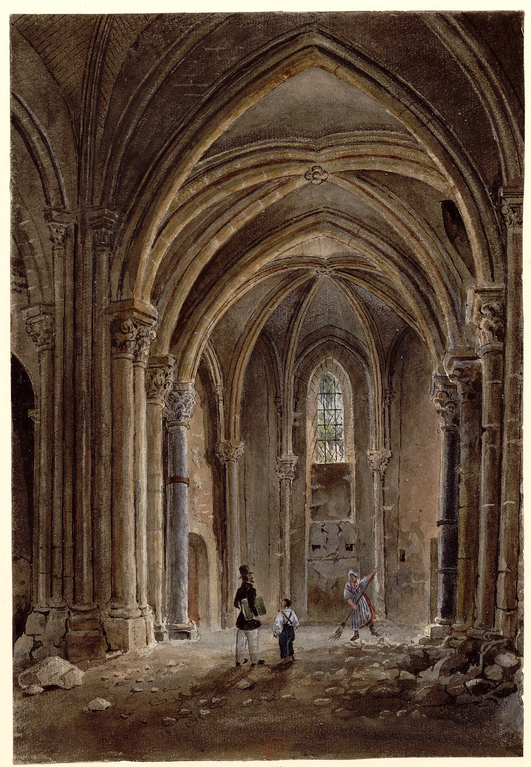
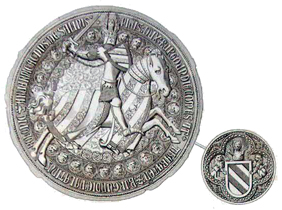
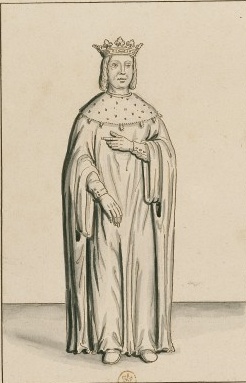
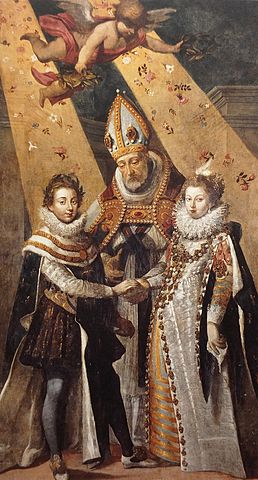
 King Louis IX of France saying goodbye to his mother, Queen Blanche of Castile, as leaving for the Seventh Crusade
King Louis IX of France saying goodbye to his mother, Queen Blanche of Castile, as leaving for the Seventh Crusade 